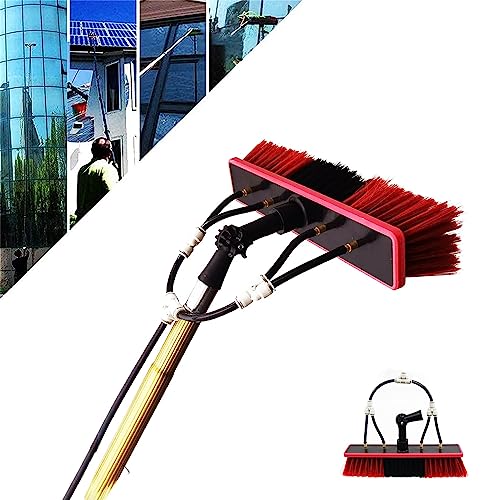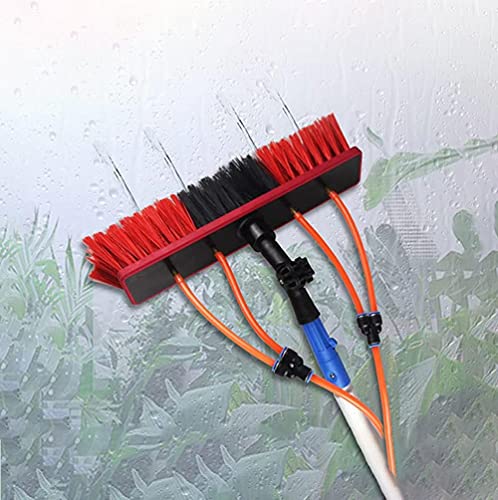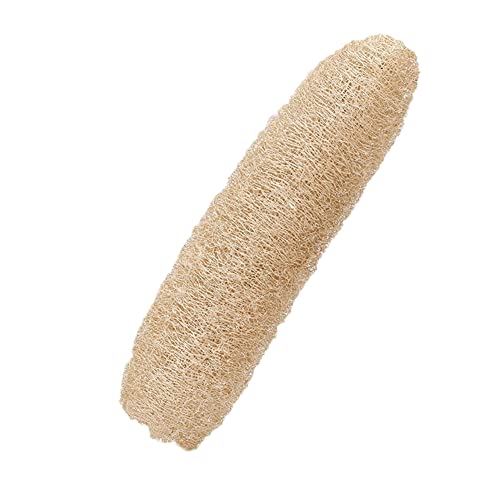Hello, need advice.
I Have a pure freedom set up, when not cleaning but motor running p5 has started to shows on mains board and when I turn gooseneck to start water the conector to hose reel sometimes dislodges, any ideas on stopping this, it’s a ball ache going back to van to push it back in place
I Have a pure freedom set up, when not cleaning but motor running p5 has started to shows on mains board and when I turn gooseneck to start water the conector to hose reel sometimes dislodges, any ideas on stopping this, it’s a ball ache going back to van to push it back in place
Last edited by a moderator:




























